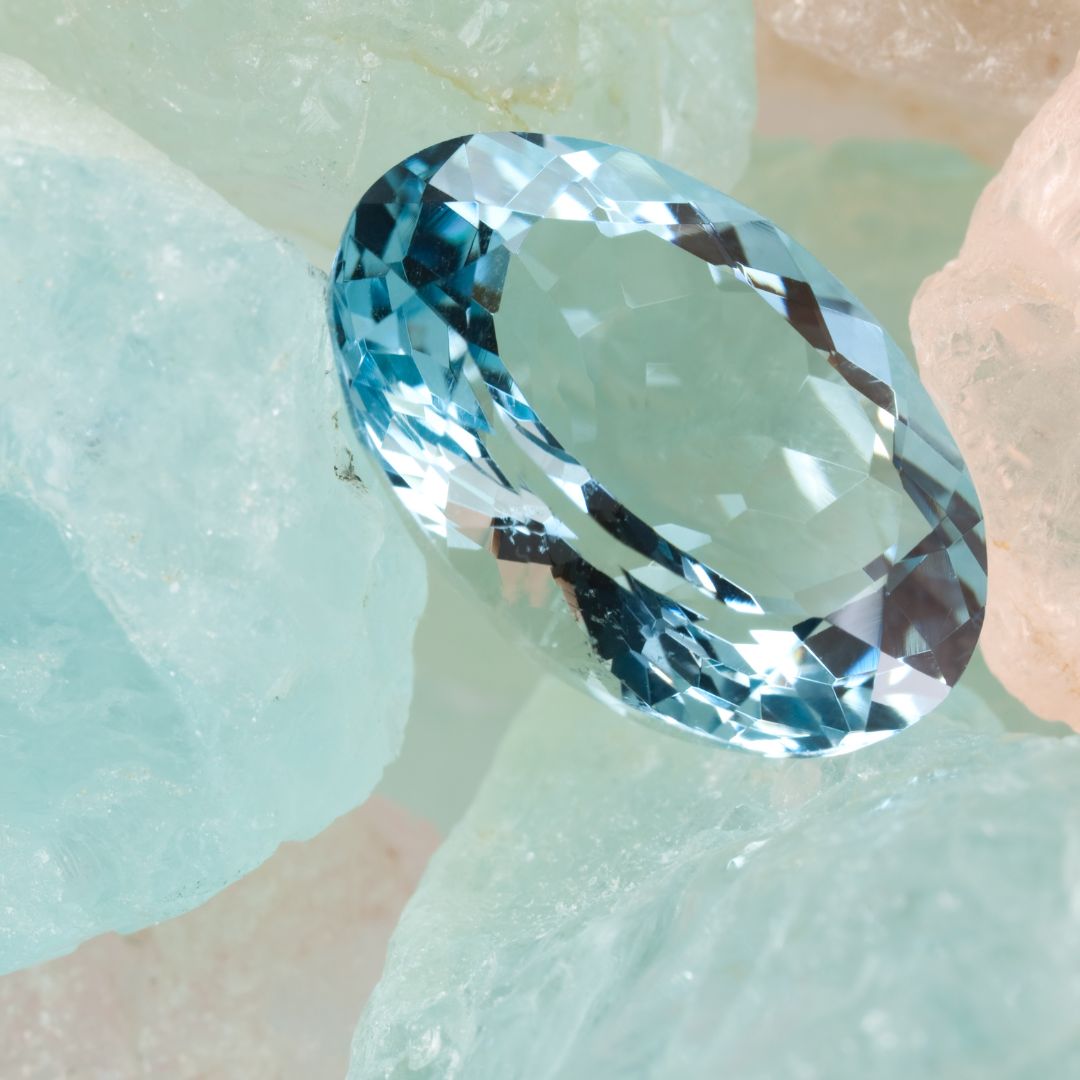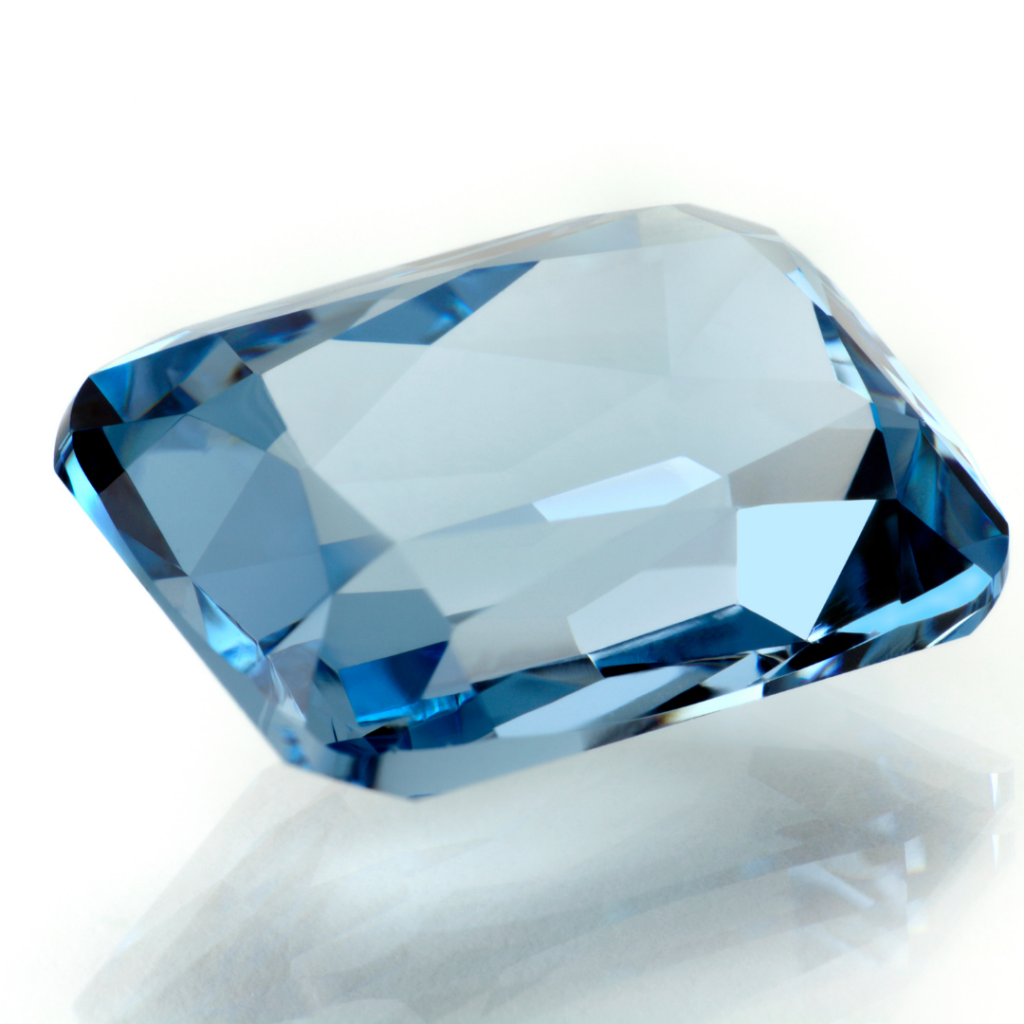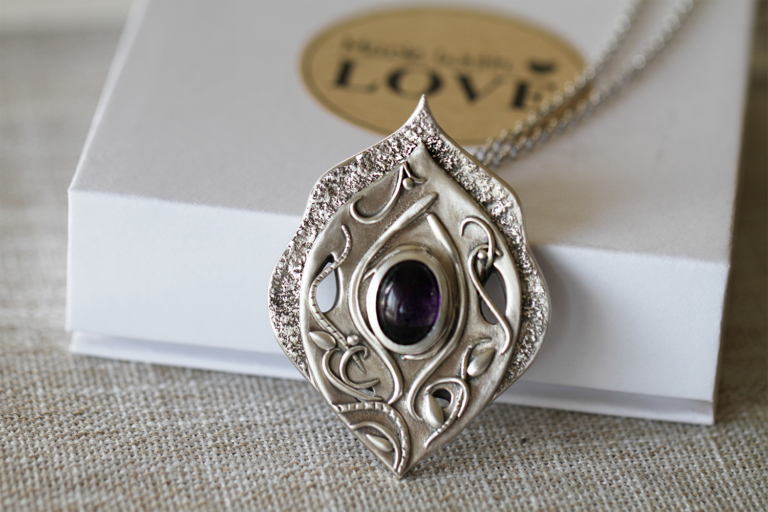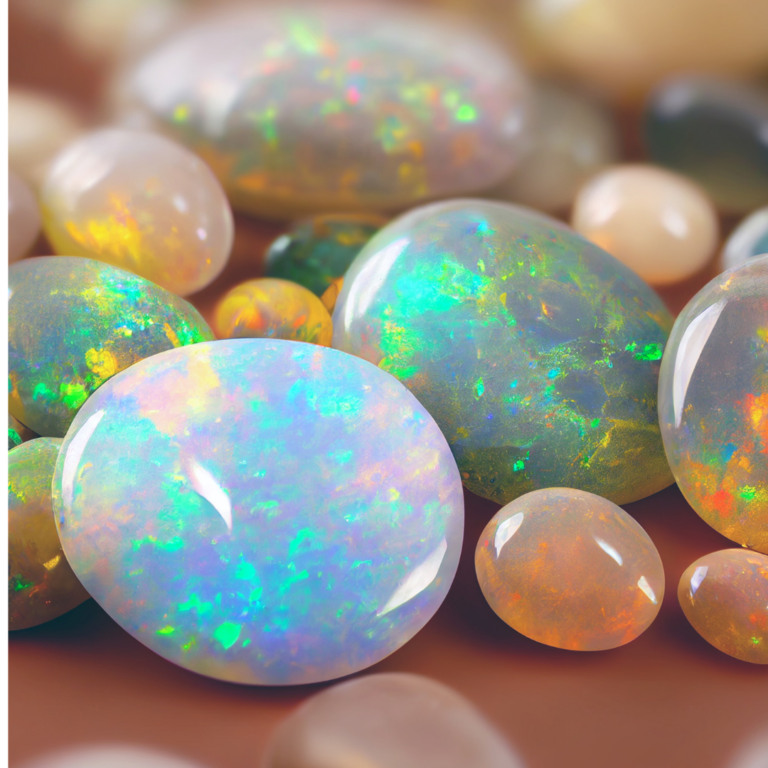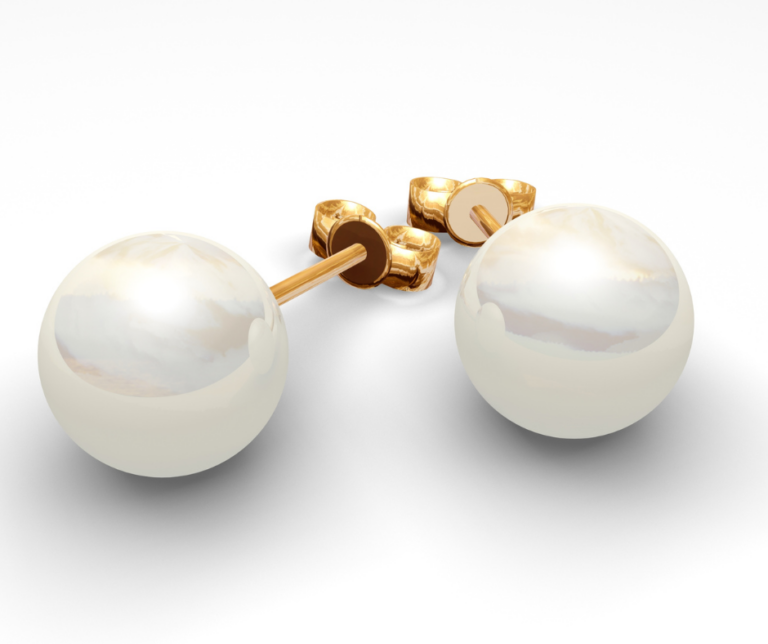Aquamarine Gemstone: A Dazzling Guide to Their Beauty and Significance
Aquamarine is a blue to blue-green variety of the mineral beryl, which also includes other gem-quality stones such as emerald. Its name, derived from the Latin ‘aqua marinus’ meaning ‘water of the sea’, reflects its serene color that has been associated with the tranquility of the ocean. Highly prized for its beautiful hues and clarity, aquamarine is a popular choice for jewelry and has a rich history linked to seafarers and ancient lore.
The stone’s color can range from a faint light blue to deep sea blue, and the intensity of the color often determines its value. Aquamarine is typically transparent to semi-transparent with a vitreous luster, and it is found in various locations around the world, with significant deposits in Brazil, Madagascar, and Russia. The stone’s durability, combined with its pleasing color, makes it well-suited for a variety of jewelry settings.
Throughout history, aquamarine has been endowed with various metaphysical properties and was believed to offer protection to sailors on voyages. It is the birthstone for March and is associated with the 19th wedding anniversary. Aquamarine’s subtle color and crystalline clarity are not just aesthetically appealing; they also contribute to its reputation as a symbol of youth, health, and hope.
Physical Properties
Aquamarine is a gemstone renowned for its stunning sea-blue hues and crystalline clarity. It is a variety of beryl and is notable for its durability and aesthetic appeal.
Color Variations
The color of aquamarine varies from pale blue to deep sea-green, depending on the concentrations of iron within the crystal structure. The most sought-after shade is a deep blue, often referred to as Santa Maria blue.
Geological Formation
Aquamarine forms deep within the Earth’s crust under high temperature and pressure conditions. It is commonly found in granite pegmatites and in metamorphic rocks associated with schists.
Crystal Structure
Aquamarine crystallizes in the hexagonal system and exhibits a vitreous luster. Its crystals can be quite large, making this gemstone popular for statement jewelry pieces.
Cultural and Historical Significance
Aquamarine has been revered through the ages for its stunning beauty and supposed mystical properties. This section sheds light on the stone’s place in mythology and lore, its use throughout history, and its relevance in modern times.
Mythology and Lore
Aquamarine is believed to originate from the treasure chest of mermaids, steeped in olden tales of seafarers. Ancient Romans regarded it as the sailors’ gem to ensure safe passage across stormy seas. In Greek mythology, aquamarine was associated with Poseidon, the god of the sea, and was considered a symbol of purity and eternal youth.
Historical Use
Throughout history, aquamarine has been utilized for both ornamental and practical purposes. The Egyptians and Sumerians were among the first to use aquamarine as jewelry in 500 B.C. Royalty in the Middle Ages favored aquamarine for its perceived healing powers and protection against poisons.
Historically, the gem was also attributed with medicinal properties, used to cure ailments from stomach issues to throat infections, often ground to a powder and mixed into water.
Modern Day Applications
In contemporary times, aquamarine remains a popular gemstone for jewelry, prized for its clarity and sea-blue color. It’s the birthstone for March and a common gift for 19th wedding anniversaries.
Moreover, in crystal healing practices, aquamarine is believed to release fear and calm nerves, though these claims lack scientific backing. The gem continues to captivate many due to its vibrant color and place within various artisanal crafts.

